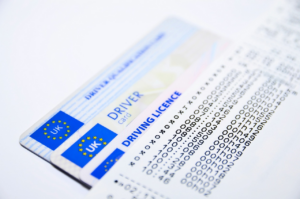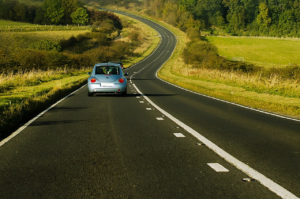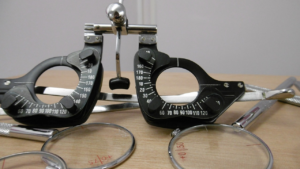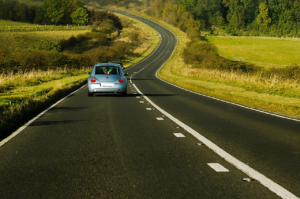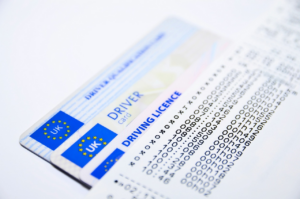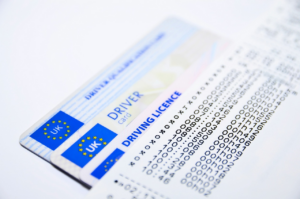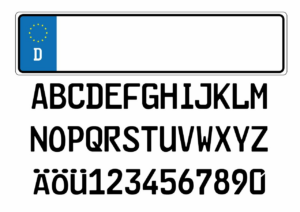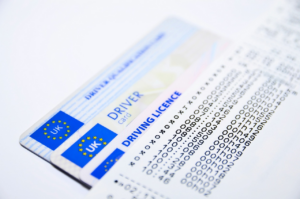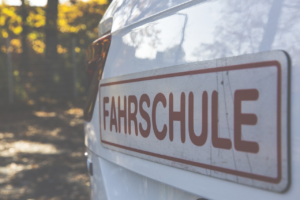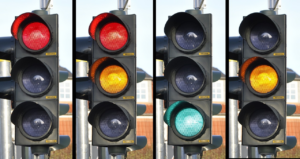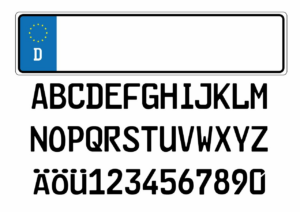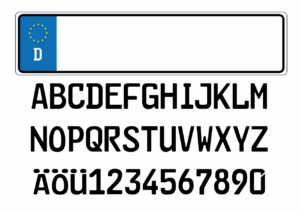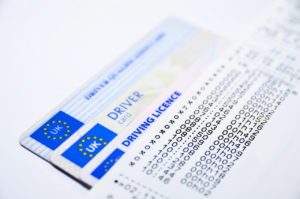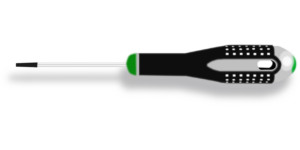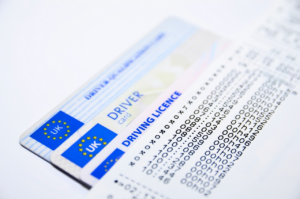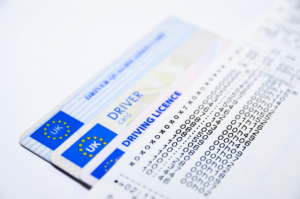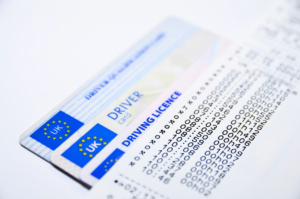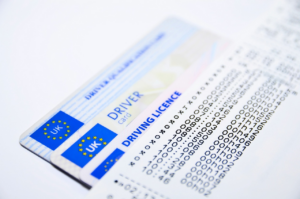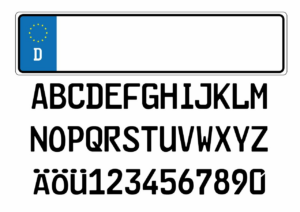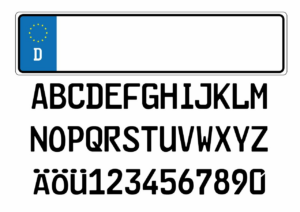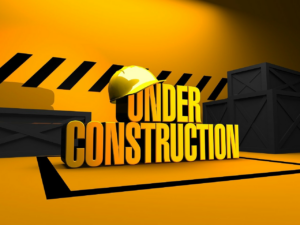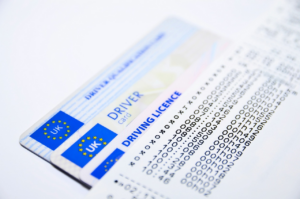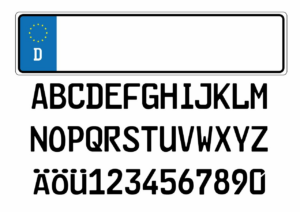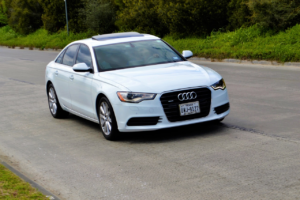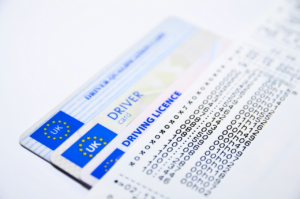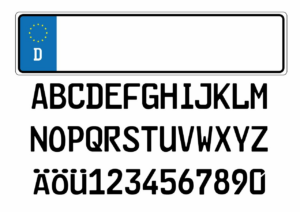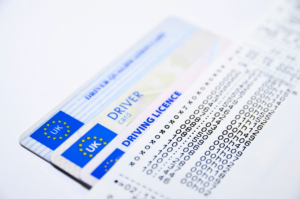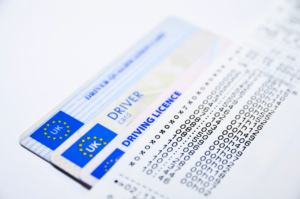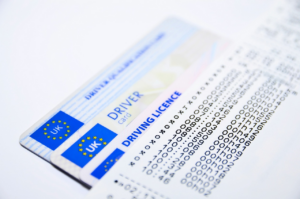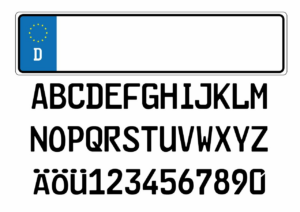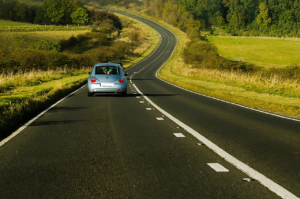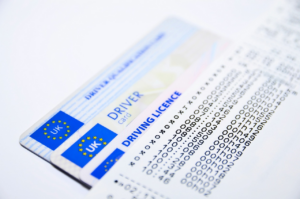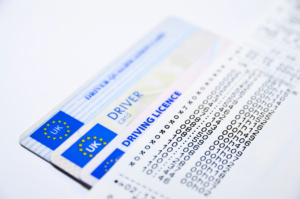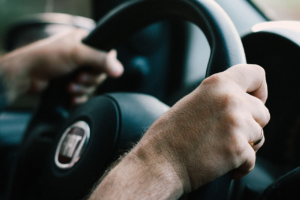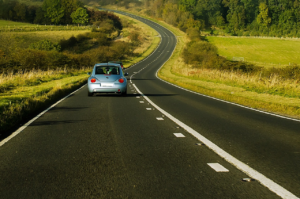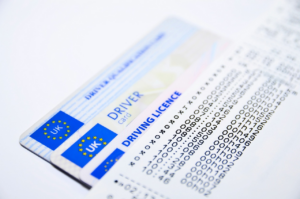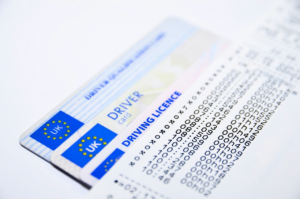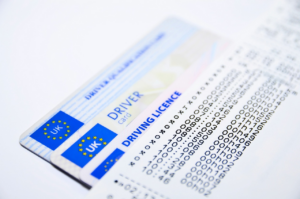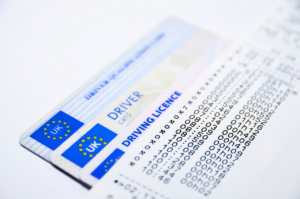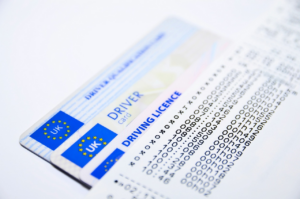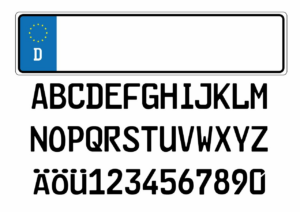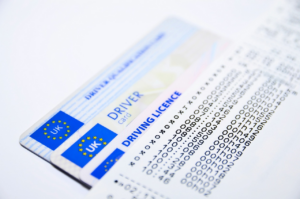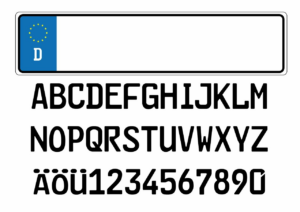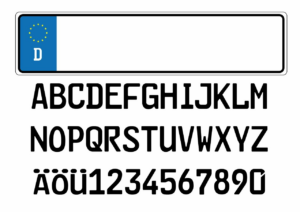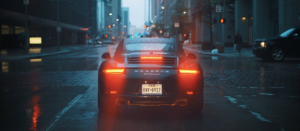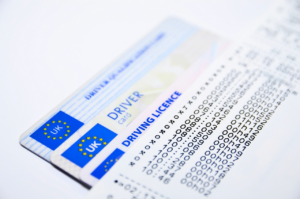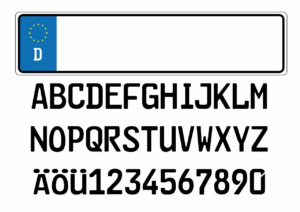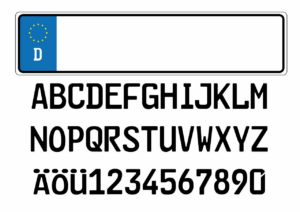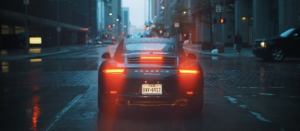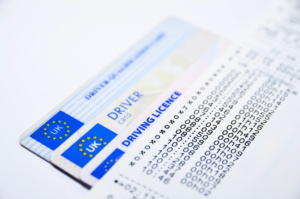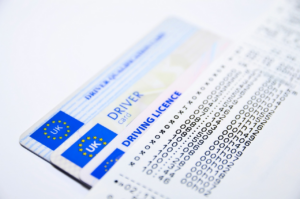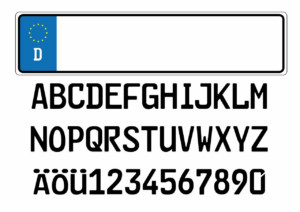If you’re an experienced driver, then you know that receiving a traffic penalty can be a distressing experience. Whether you’ve been caught speeding, parked in the wrong place, or violated any of the many traffic rules in the UK, it’s essential to know what to do if you receive a penalty on your driving licence.
Ignoring the penalty can lead to severe consequences, including hefty fines, points on your licence, or even a court appearance. That’s why it’s crucial to understand the process of dealing with traffic penalties and take swift and appropriate action.
In this article, we’ll guide you through the steps you need to take if you receive a traffic penalty on your UK driving licence. We’ll explain the different types of penalties, how to understand them, and the options available for paying or challenging them. We’ll also discuss the consequences of ignoring the penalty and why seeking legal advice might be necessary in some cases.
By the end of this article, you’ll have a clear understanding of what to do if you find yourself in this situation and how to prevent future penalties from affecting your driving record.
Types of Traffic Penalties
Get ready for a rollercoaster of emotions as we dive into the different types of traffic penalties you may encounter on the road.
The most common traffic penalty is the fixed penalty notice. This is a fine that you will receive in the post for breaking certain traffic laws, such as speeding or driving through a red light. If you receive a fixed penalty notice, you’ll usually have to pay a fine and receive penalty points on your driving licence. The number of penalty points you receive will depend on the severity of the offence.
Another type of traffic penalty is the court summons. This is issued if the police believe that your offence is too severe for a fixed penalty notice. If you receive a court summons, you’ll need to attend court, where a judge will decide your punishment. This could result in a fine, penalty points, a driving ban or even a prison sentence. It’s important to take a court summons seriously and seek legal advice if necessary.
Remember, prevention is always better than cure, so ensure that you always follow traffic laws and drive safely.
Understand the Penalty
It’s important to understand the details of the penalty, including the offense committed and the amount of the fine. Take the time to read the penalty notice carefully, as it will explain why you received the penalty and what you can do about it.
If you’re unsure about anything, don’t hesitate to contact the issuing authority for clarification.
The penalty notice will also include information on how to pay the fine and any deadlines you need to meet. Ignoring the penalty or missing the payment deadline can result in additional fees and even legal consequences.
So, make sure you understand the penalty and take action accordingly, whether that means paying the fine or contesting the penalty.
Paying the Penalty
When it comes to paying a traffic penalty in the UK, there are three main ways to do so: online payment, payment by phone, and payment by post.
Online payment is the most convenient option, allowing you to quickly and easily pay your penalty from the comfort of your own home.
Payment by phone is also a viable option, as it allows you to speak directly with a representative and ask any questions you may have.
Finally, payment by post is still available for those who prefer to send in their payment through traditional mail.
Online Payment
Paying online is a quick and easy way to take care of your traffic fine without having to leave the comfort of your own home. To pay your penalty online, you need to visit the official website of the authority that issued the fine.
Look for the option to pay your fine online and click on it. You’ll be directed to a page where you need to enter your penalty notice number and your driving license number. Once you’ve entered all the necessary details, you can proceed to make the payment.
Make sure you have a valid credit or debit card with you before you start the payment process. The website will guide you through the payment process, and you’ll receive a confirmation of your payment once it’s complete.
Paying online is a convenient and secure way to take care of your traffic fine, and it saves you time and effort. Just make sure you pay the penalty within the stipulated time to avoid any further consequences.
Payment by Phone
You’ll love the convenience of paying your fine by phone – just pick up your phone and dial the number provided, and you can take care of your fine in no time!
The process is simple and straightforward. All you need to do is call the number provided on your penalty notice, and follow the prompts to make your payment. You’ll be asked to enter your payment details, such as your credit or debit card information, and the amount you wish to pay.
Once you’ve entered your details, you’ll receive a confirmation of your payment. Keep this confirmation safe, as it serves as proof of payment.
If you encounter any issues or have further questions, don’t hesitate to ask the customer service representative on the other end of the line. They’ll be more than happy to assist you.
And that’s it – paying your traffic penalty by phone is that easy!
- Make sure you have your penalty notice handy before you call.
- Have your payment details ready, such as your credit or debit card information.
- Keep your confirmation of payment safe, as it serves as proof of payment.
Payment by Post
Sending your payment by post is a traditional way of taking care of your fine, and it involves filling out a form and mailing it to the designated address.
To do this, start by reviewing the details on the penalty notice, including the amount due and the deadline for payment. You’ll also need to make sure you have the correct address to send the payment to and any other necessary information, such as a reference number.
Once you have this information, you can complete the payment form, which is usually included with the penalty notice. Make sure to fill out all required fields accurately and legibly, and double-check your work before sending it off.
You’ll also need to enclose your payment, which can be made by cheque or postal order, and make sure it’s for the correct amount.
Finally, send the form and payment by post, making sure to allow enough time for it to arrive before the deadline.
Challenging the Penalty
Now, it’s time to fight back and challenge that pesky penalty! Don’t let it get the best of you – follow these steps to potentially get it overturned.
Firstly, you should carefully read the penalty notice and check for any errors or inaccuracies. If you find any, make sure to take note of them and gather any evidence that supports your case.
Next, you can either appeal the penalty or request a hearing. If you choose to appeal, you’ll need to provide a written statement explaining why you believe the penalty is unjustified. Make sure to include any evidence you’ve gathered, such as witness statements or photographs.
If you choose to request a hearing, you’ll need to attend in person and present your case to a magistrate. Remember to remain calm and respectful throughout the process, and be prepared to answer any questions the magistrate may have.
With a little bit of effort and determination, you may be able to successfully challenge your traffic penalty and avoid any fines or points on your driving licence.
Consequences of Ignoring the Penalty
Ignoring that pesky penalty can lead to further consequences down the line, potentially resulting in increased fines and even legal action. When you receive a traffic penalty with your UK driving license, it’s important to take it seriously and respond in a timely manner.
Ignoring the penalty can result in the penalty escalating to a court summons, which can lead to hefty fines and even a criminal record.
In addition to the financial and legal consequences, ignoring a traffic penalty can also impact your driving record and your ability to obtain car insurance. Your driving record is a reflection of your driving history, and penalties and convictions can stay on your record for years.
This can result in higher insurance premiums or even difficulty obtaining insurance altogether. It’s much easier to deal with a traffic penalty head-on rather than trying to ignore it and facing even more severe consequences in the future.
Seeking Legal Advice
You need legal advice when facing a potential court summons for a traffic penalty, as it can lead to hefty fines and a criminal record. Seeking legal advice can help you understand the charges against you, the possible outcomes, and the best course of action to take.
Here are some reasons why seeking legal advice is essential:
- Legal advisors have experience dealing with traffic offenses, so they can help you navigate the legal system.
- They can assess the evidence against you and advise you on whether to plead guilty or not guilty.
- They can negotiate with the prosecution on your behalf to reduce the charge or penalty.
- They can represent you in court and argue your case to the judge.
In summary, seeking legal advice is crucial when facing a traffic penalty with your UK driving license. It can help you avoid hefty fines, a criminal record, and other consequences. A legal advisor can guide you through the legal process, assess the evidence, negotiate with the prosecution, and represent you in court.
Keeping Track of Your Driving Record
It’s important to stay aware of your driving record in order to avoid potential consequences. Your driving record is a record of all the traffic violations and penalties you’ve received in the past.
If you receive a traffic penalty with your UK driving licence, the penalty will be added to your driving record. Your driving record can be accessed by the courts, the police, and insurance companies.
Keeping track of your driving record is essential to help you avoid potential consequences. You can obtain a copy of your driving record from the DVLA. This will enable you to check for any errors or points that have been added to your licence.
If you notice any mistakes, you should contact the DVLA immediately to have them corrected. By keeping track of your driving record, you can help ensure that you maintain a clean driving record and avoid any potential consequences that may come with traffic penalties.
Preventing Future Penalties
To avoid future penalties, it’s crucial to understand how to maintain a clean driving record. Here are some tips to help you prevent future traffic violations:
-
Always obey traffic laws and signs. This may seem obvious, but many people get caught up in their daily routines and forget to pay attention to the road. Remember to always follow the speed limit, stop at stop signs, and use turn signals when changing lanes or turning.
-
Avoid distractions while driving. Distracted driving is a leading cause of accidents and can result in serious consequences. Make sure you keep your phone out of reach, don’t eat or drink while driving, and try to limit conversations with passengers.
-
Keep your vehicle maintained. Regular maintenance can help prevent accidents and traffic violations. Make sure your brakes, lights, and tires are all in good condition and that your car is always up-to-date on inspections and registrations.
-
Take defensive driving courses. These courses can help you improve your driving skills and teach you how to react in dangerous situations. Not only can this help prevent future traffic violations, but it can also save your life.
Frequently Asked Questions
What is the maximum penalty for a traffic offence in the UK?
If you’re caught committing a traffic offence in the UK, you could be facing a range of penalties. The severity of the punishment you receive will depend on the type of offence you’ve committed, as well as the circumstances surrounding it.
For example, a minor speeding offence might result in a fine and some penalty points on your driving licence, while more serious offences such as dangerous driving could lead to a lengthy driving ban and even a prison sentence. The maximum penalty for a traffic offence in the UK varies depending on the nature of the offence, but it can be as severe as an unlimited fine and a lengthy driving ban.
It’s always best to obey traffic laws to avoid receiving any penalty at all.
Can I dispute a traffic penalty if I was not driving the vehicle at the time?
If you weren’t driving the vehicle when the traffic offence occurred, you may be able to dispute the penalty.
You should gather evidence to prove that you weren’t the driver at the time, such as receipts or witness statements.
You may also be able to provide evidence that the vehicle was stolen or that someone else was using your vehicle at the time of the offence.
If you do dispute the penalty, you should do so promptly and follow the instructions provided with the penalty notice.
It’s important to remember that if you were the registered keeper of the vehicle at the time of the offence, you may still be held liable for the penalty unless you can prove that you weren’t the driver.
How long does it take for a traffic penalty to show up on my driving record?
If you’re wondering how long it takes for a traffic penalty to show up on your driving record, the answer is that it can vary. Typically, it can take anywhere from a few days to a few weeks for the penalty to appear.
However, it’s important to note that the penalty will not be added to your driving record until after you’ve paid the fine or contested the penalty. Once the penalty has been added to your driving record, it will remain there for a certain period of time depending on the severity of the offense.
It’s always a good idea to keep track of any traffic penalties you receive and to take appropriate action as soon as possible. This can help you avoid any further penalties or legal issues down the line.
Will receiving a traffic penalty affect my car insurance premiums?
If you receive a traffic penalty, it will likely affect your car insurance premiums. The severity of the penalty and the number of points added to your license will determine the impact on your rates.
Minor offenses may not cause a significant increase, but more serious penalties could result in higher premiums. It’s important to inform your insurance provider of any penalties you receive to ensure accurate pricing and coverage.
Additionally, taking steps to improve your driving habits and avoiding future penalties can help keep your rates from increasing further.
Can I pay a traffic penalty in instalments?
If you’ve received a traffic penalty in the UK, you may be wondering if it’s possible to pay it in instalments. The answer is yes, but it’s important to note that not all penalties are eligible for this option.
You’ll need to check with the issuing authority to confirm if instalment payments are available for your specific case. If they are, you’ll typically need to provide your financial information and agree to a payment plan.
Keep in mind that additional fees may be added for paying in instalments, so it’s important to weigh the pros and cons before deciding on this option.
Conclusion
So, you’ve received a traffic penalty with your UK driving licence. Don’t panic, there are steps you can take to resolve the issue.
First, understand the type of penalty you’ve received and the consequences of ignoring it.
Then, decide whether to pay the penalty or challenge it. If you choose to challenge it, seek legal advice and keep track of your driving record to prevent future penalties.
Remember, taking action now can prevent further complications down the road. Stay informed and take control of your driving record.




